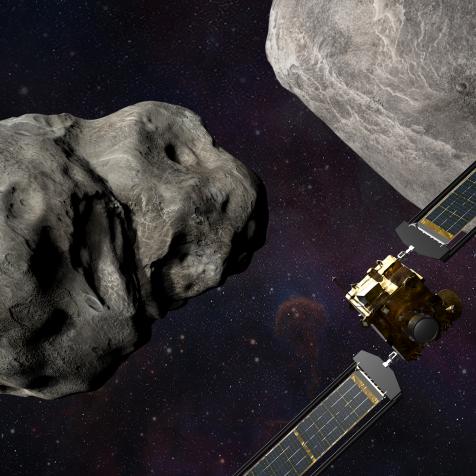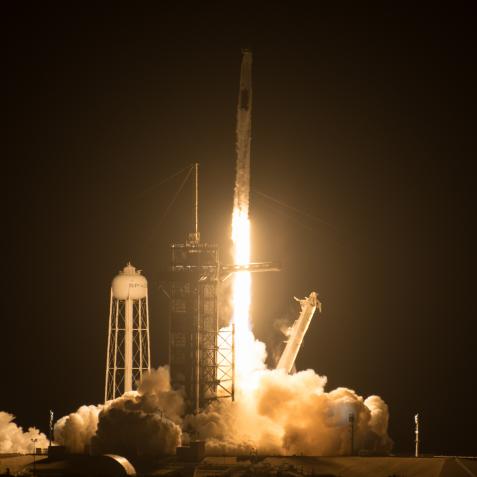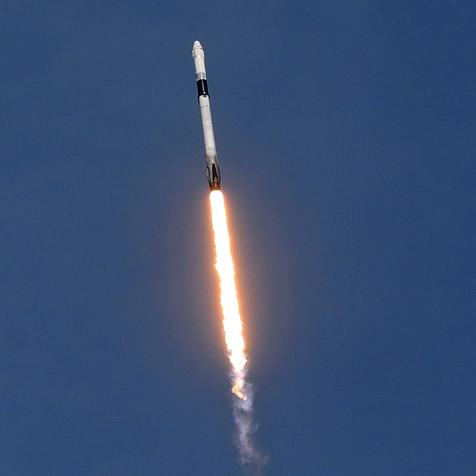
NASA
NASA’s Giant Rocket Test Fails (Sort Of)

It was all supposed to be great. On January 16th, NASA performed its first major test run in a long, long time. It was a test for the core stage of its upcoming Space Launch System (SLS), a beast of a rocket that will carry astronauts to the Moon, Mars, and more.
At over 200 feet long and 27 feet wide, the core stage and its four engines will heave the rocket off the ground, the hardest part of a launch. The test was supposed to last nearly 8 minutes, the length of time that the main engines will have to perform their launch duties. But only 50 seconds into the test, the onboard computer system signaled that something was going very wrong. At 67 seconds, the test ended.

NASA
While the test did abort early, nothing blew up – which is definitely a “win” when it comes to rocket testing. Indeed, analysis of the test data discovered that the fault happened when the engines were beginning to gimbal, or change direction, a crucial part of the launch. However, the computer flagged it because a sensor on the hydraulics reached a safety threshold. But that threshold was intentionally conservative for the test. If the same situation happened during an actual flight, the engines would still perform as expected, and not blow up (hopefully).
NASA and its partner Aerojet Rocketdyne, who is building the core stage, are pouring over the data from the test to fully diagnose the issue, and determine if they can swap out one of the engines (which means they could do a new test in as little as a week) or if they need to start from scratch.
This exactly why we do tests – to find potential problems and fix them safely.
But on paper, the SLS (which will be the biggest, most powerful rocket ever made) was supposed to be easy. NASA hasn’t designed a rocket since the 1970’s, so the SLS is supposed to carry on the legacy of the Space Shuttle. The RS-25 engines are the same ones used in that program, and visually and structurally the SLS looks very similar to the Space Shuttle’s external fuel tank. But as this recent test showed, rockets are never easy.
And now the entire SLS program is now potentially in jeopardy. It’s already 33% over budget (currently sitting at $17 billion spent and counting) and late (the first full launch was supposed to happen three years ago). The new Biden administration hasn’t announced their plans for the space program, and crucially whether they will continue the Artemis project, which is supposed to deliver astronauts to the moon in 2024. But the entire Artemis program needs a lift, and the SLS was supposed to be the space delivery vehicle of the future.



















